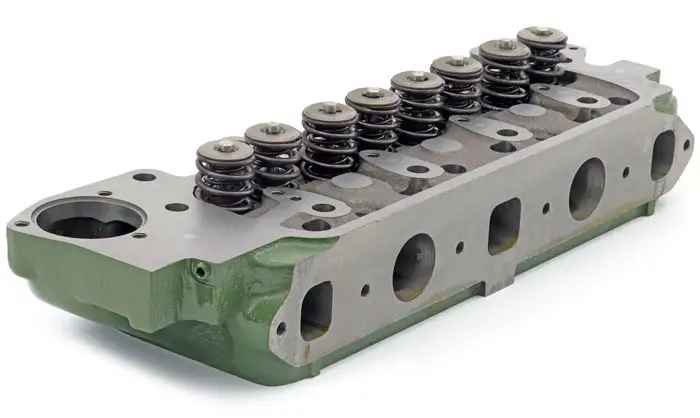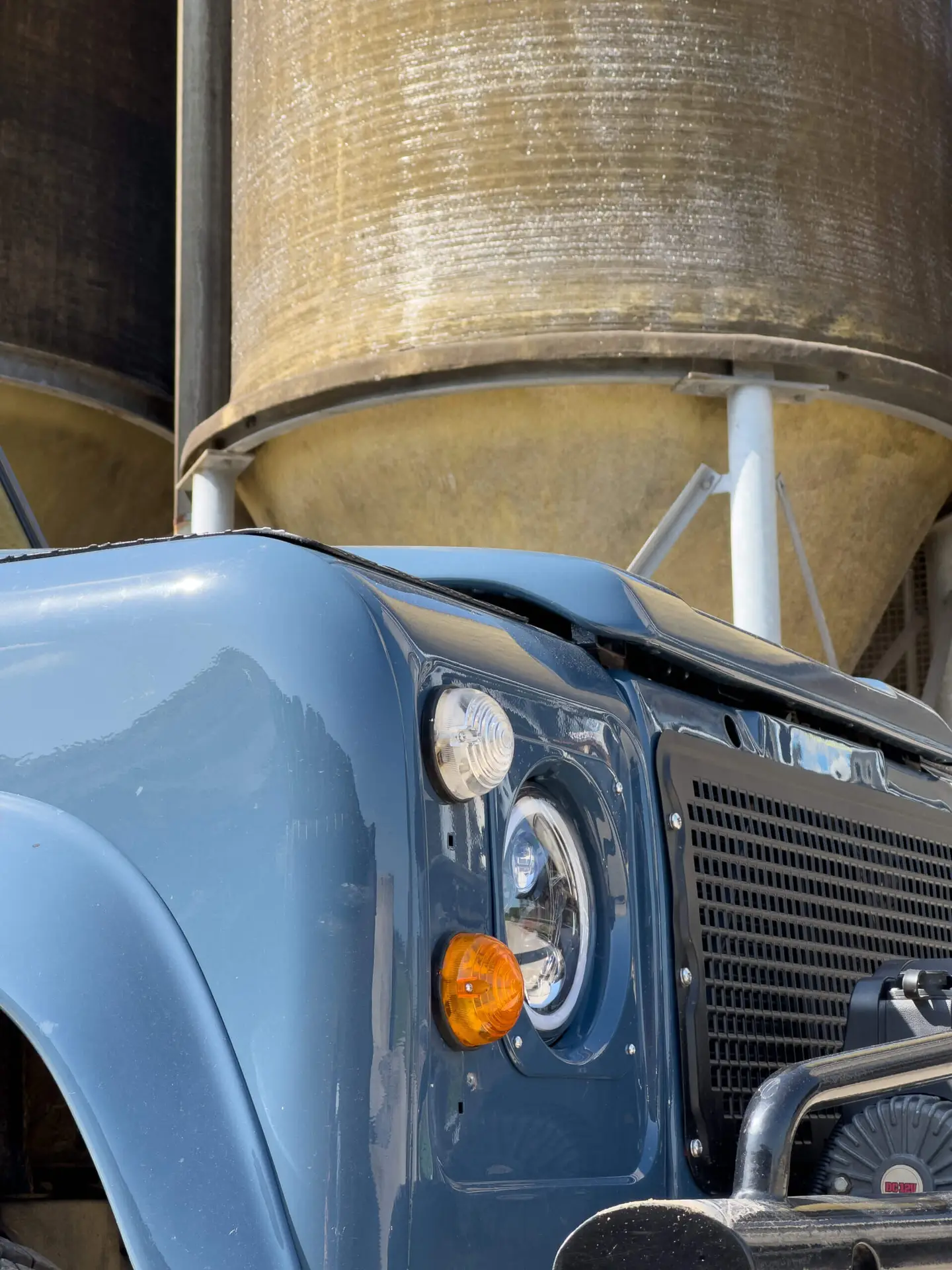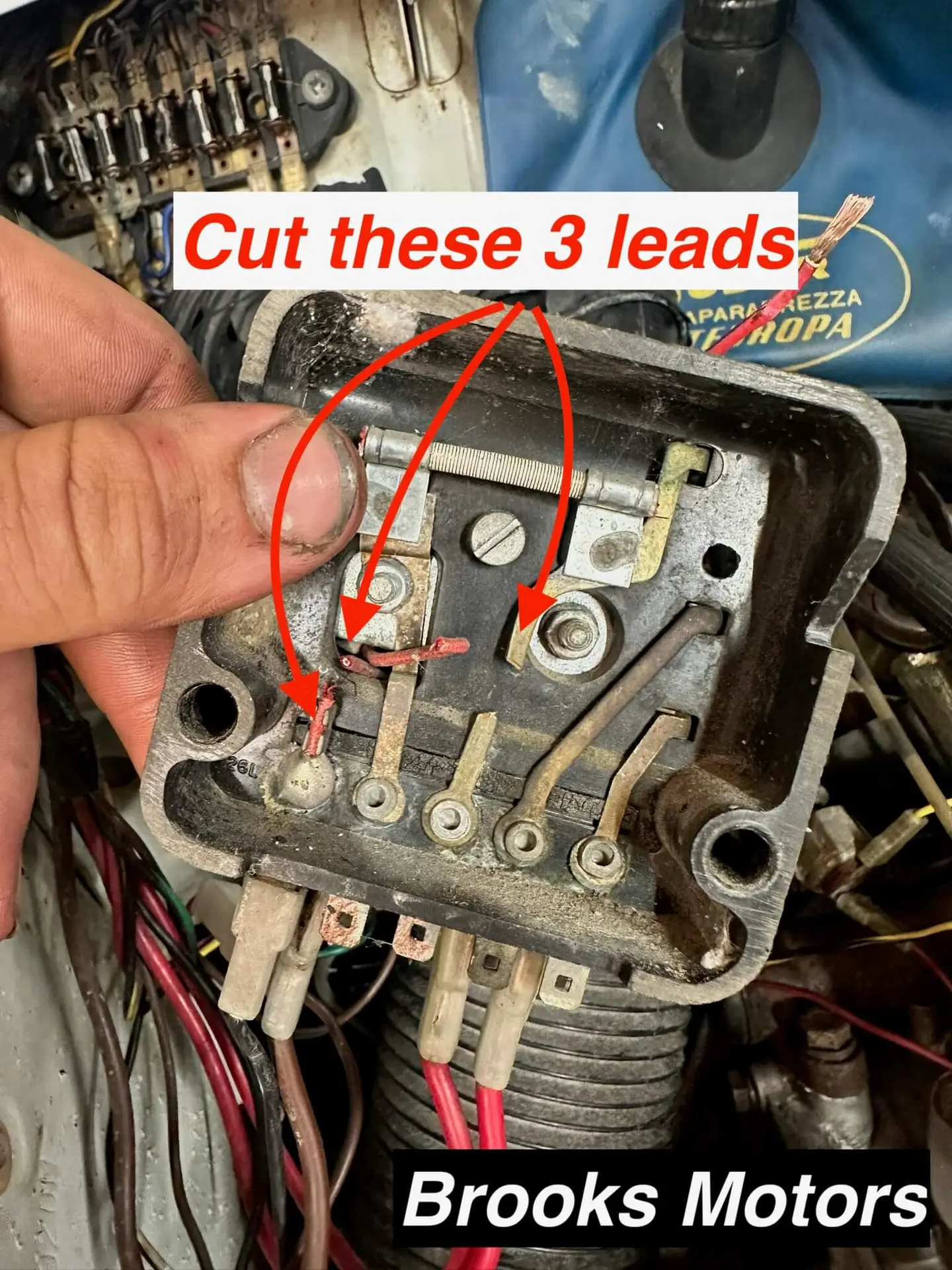The SU carburetor
and no, it’s not only setting the fueling screw right… the order of arrangement in

Choosing the Best Oil for Your Rover V8: Insights and Advice
Selecting the right oil for a classic Rover V8 engine is essential to ensure reliability, longevity, and performance. Based on experience with a rebuilt Rover V8 that has covered 50,000 km and operates in Northern Europe, this article discusses the importance of ZDDP (zinc and phosphorus), the choice between 20W-50 and 5W-50, and the transition to synthetic oil.
ZDDP: The Key to Protecting Classic Engines
The Rover V8, like many classic engines, relies on ZDDP (zinc dialkyldithiophosphate) for wear protection. ZDDP prevents metal-to-metal contact, particularly in high-pressure areas like the camshaft and lifters. Modern oils often lack sufficient ZDDP due to emissions regulations, but the Rover V8 requires 800–1400 ppm to remain protected.
Valvoline VR1 Racing oil is specifically designed for classic engines, offering ~1400 ppm zinc and ~1300 ppm phosphorus, making it an excellent choice for this application.
Switching from 20W-50 to 5W-50
Initially, we used Valvoline VR1 20W-50, a reliable choice that worked well under heavy loads like towing a trailer. However, during freezing temperatures, we noticed ticking noises from the valvetrain at startup. This indicated that the thicker “20W” oil was taking longer to circulate in cold conditions.
To address this, we switched to Valvoline VR1 5W-50, which provided two key benefits:
1. Faster oil flow at cold starts: The “5W” rating improved lubrication in freezing temperatures, eliminating the ticking noise and reducing wear.
2. Maintained high-temperature protection: The “50” viscosity at operating temperature offered the same robust protection as 20W-50, even under heavy towing conditions.
The Transition to Synthetic Oil
The move to Valvoline VR1 5W-50 also marked a transition from a mineral-based oil to a fully synthetic oil. Synthetic oils offer several advantages:
• Better cold-weather performance: Synthetic oil flows more easily in cold temperatures, reaching critical components faster during startup.
• Improved thermal stability: Synthetic oil resists breakdown at high temperatures, making it ideal for heavy-duty tasks like towing.
• Enhanced cleaning properties: Synthetic oil can remove deposits that might have built up over time.
However, switching to synthetic oil can reveal weaknesses in older engines. Its superior cleaning properties might expose previously plugged leaks, and its lower viscosity at cold temperatures can seep through worn seals.
In our case, the rebuilt Rover V8 experienced no issues with leaks or gasket failures during the transition, thanks to its updated seals and components. For older engines that haven’t been rebuilt, monitoring for leaks after switching to synthetic oil is recommended.
Choosing the Right Viscosity
The ideal oil viscosity depends on your climate and usage:
• 20W-50: Best for warm climates or summer use, where its thicker viscosity at low temperatures isn’t a concern.
• 5W-50: Ideal for colder climates, providing superior cold-start performance without compromising high-temperature protection.
For Northern Europe, 5W-50 proved to be the better year-round option, particularly during the winter months when freezing temperatures are common.
Conclusion
For a classic Rover V8, using an oil with a high ZDDP content is non-negotiable to ensure proper protection. Valvoline VR1, with its excellent zinc and phosphorus levels, is a top choice for these engines. While 20W-50 is suitable for warmer climates, 5W-50 offers better performance in colder conditions, especially during freezing starts.
The transition to synthetic oil brought significant benefits, including improved cold-weather performance and superior thermal stability, with no negative impact on seals or gaskets in a recently rebuilt engine.
For more technical insights on oil selection for Rover V8 engines, we recommend the RPI Engineering video, which highlights the importance of ZDDP and correct viscosity for these classic motors.
and no, it’s not only setting the fueling screw right… the order of arrangement in

This table provides detailed specifications to identify various Mini accelaration performance, including what kind of

Welcome to this guide on the 2.8 GTV engine parts. While many parts are shared

Converting a Lucas RB106 Voltage Regulator to an Alternator Dummy Box The Lucas RB106 control
00 316 38 37 66 91
[email protected]
Broekseweg 100, 4231VH
Meerkerk, The Netherlands
KvK: NL81356773
BTW: NL862055489B01